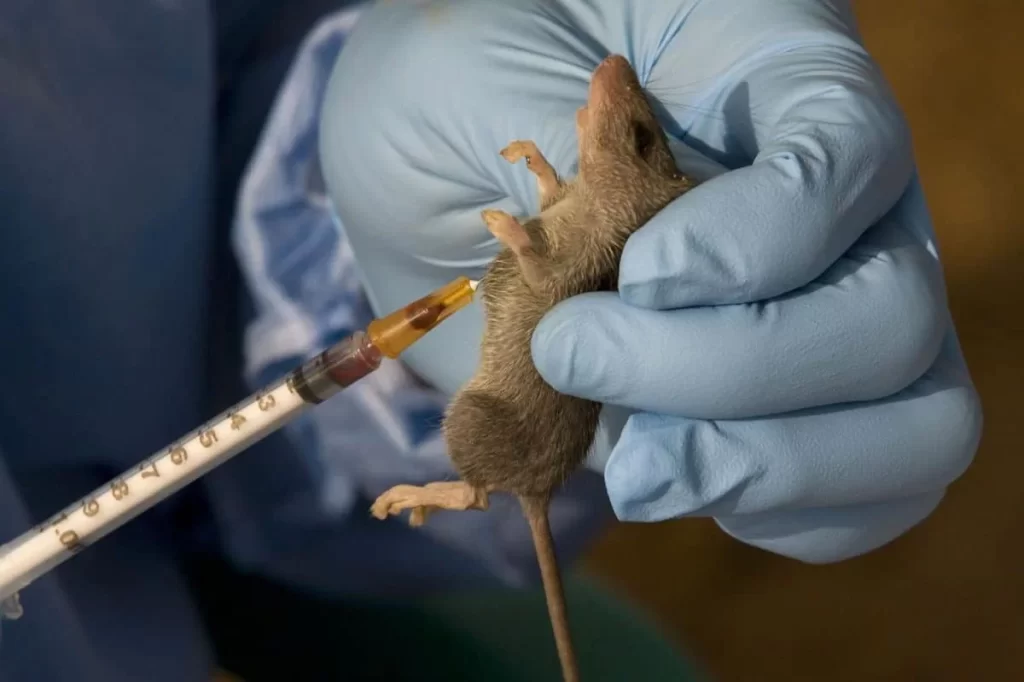… 143 dead as fatality rate jumps to 18.9% across 18 states
Nigeria has recorded a higher case fatality rate from Lassa fever infections in 2025 than in the same period last year, according to the latest data released by the Nigeria Centre for Disease Control and Prevention (NCDC).
As of epidemiological week 23, a total of 143 deaths had been reported nationwide, with a case fatality rate (CFR) of 18.9 per cent—surpassing the 17.8 per cent recorded during the same period in 2024.
The NCDC’s situation report indicated that 18 states across 96 Local Government Areas have confirmed at least one case this year.
In the most recent reporting week, confirmed cases rose to 11—up from eight in the previous week—with new infections recorded in Ondo, Edo, Bauchi, and Taraba states.
The agency noted that five states account for over 90 per cent of all confirmed cases: Ondo (31%), Bauchi (25%), Edo (16%), Taraba (15%), and Ebonyi (3%). The remaining 13 states combined contribute just 10 per cent.
The most affected age group is 21 to 30 years, with a median age of 30. The gender distribution shows a slightly higher infection rate among males, with a male-to-female ratio of 1:0.8.
Despite a reduction in the overall number of suspected and confirmed cases compared to the same period last year, the virus continues to impact frontline health workers. One new case among healthcare personnel was reported in week 23.
To contain the outbreak, the NCDC said it has activated its multi-sectoral Incident Management System, supported by partners including the World Health Organisation (WHO), Georgetown University, Breakthrough Action Nigeria, and the Global Fund.
Among key interventions, the agency highlighted:
Sensitisation of healthcare workers in high-risk LGAs, particularly in Ondo State.
Deployment of 10 Rapid Response Teams using a One Health approach.
Launch of an IPC (Infection Prevention and Control) e-learning platform, in partnership with DRASA and funded by the Global Fund.
Distribution of essential commodities, including PPEs, Ribavirin, hand sanitisers, and thermometers.
Community awareness campaigns through radio, town hall meetings, and environmental clean-up activities.
In addition, the NCDC has conducted a national Lassa fever risk assessment and incorporated public health messages into broader viral haemorrhagic fever communication strategies.
Despite these efforts, the agency said several issues continue to hamper effective response, including:
Poor health-seeking behaviour, largely due to treatment costs and low public awareness
Persistent poor environmental sanitation in high-burden communities
The NCDC reaffirmed its commitment to strengthening surveillance, early detection, clinical management, and community education in collaboration with local and international partners.
Lassa fever is an acute viral haemorrhagic disease caused by the Lassa virus, commonly spread through contact with food or items contaminated by urine or faeces of infected multimammate rats.
Human-to-human transmission can occur through bodily fluids, especially in healthcare settings with inadequate infection control.
Symptoms include fever, weakness, sore throat, vomiting, diarrhoea, chest pain, and in severe cases, bleeding. Early diagnosis and treatment with Ribavirin significantly improve chances of survival.
Do you want to share a story with us? Do you want to advertise with us? Do you need publicity for a product, service, or event? Contact us on WhatsApp +2348183319097 Email: platformtimes@gmail.com
We are committed to impactful investigative journalism for human interest and social justice. Your donation will help us tell more stories. Kindly donate any amount HERE




